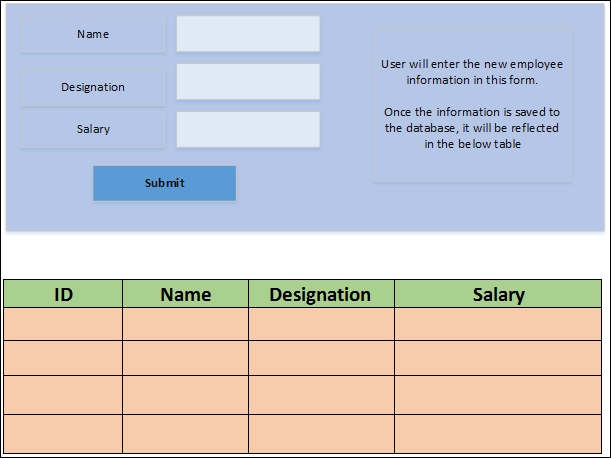Data is the heart of every application. A user enters data into the application, edits the entered data, and searches the data. We can even say that an application that we build is just an interface for the operations that we perform on the application data. So, it is absolutely necessary for any framework to provide a mechanism to handle data operations easier and more manageable. Models in ASP.NET MVC are used to represent the business domain data.
In this chapter, you'll be learning about the following topics:
Models and their purpose
Creating a simple model and using it in the controller and views of the ASP.NET MVC application
Creating a model specific to a View model
Data flow in an ASP.NET MVC application in the context of models and
ViewModelsPurpose of the Entity Framework along with its features and benefits
Adding, updating, and deleting data using the Entity Framework
Using the Entity Framework in ASP.NET MVC applications






